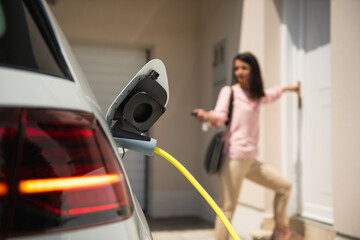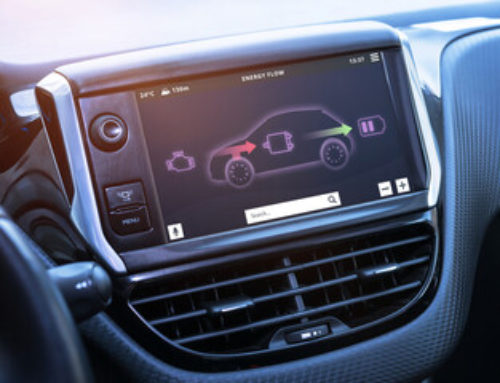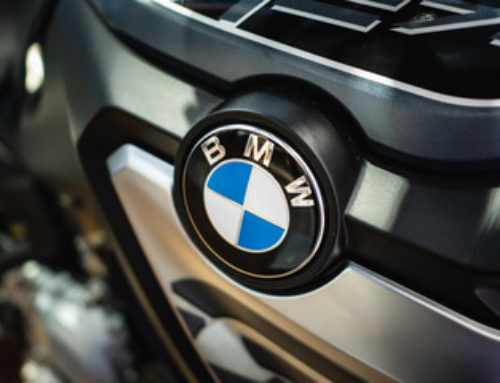Level 1 Chargers
- Use a common three-prong (NEMA 5-15) 120-volt AC electrical outlet found in North America.
- Provide 2 to 5 miles of range per hour of charging, or about 40 miles of range on an overnight charge.
- Most electric cars include this charger, so no additional equipment will need installing.
Level 2 Chargers
- Use 240-volt AC electrical service typically found in households for appliances such as electric dryers.
- Can deliver 25 to 35 miles of range per hour of charging with a 30-amp unit and a higher rate using chargers that feature greater power delivery, such as 32-, 40- or 48-amps.
- 40-amps or less can be plugged in; higher-powered units must be hardwired.
- Are a good option for quick charging at home.
Level 3 Chargers
- A third level – DC Fast Charging – offers the fastest option. However, level 3 chargers are typically only found commercially, including in public and Tesla charging stations.
- Because of the high voltage and cost of installing DC current, it doesn’t make sense to install a Level 3 charger in your home. Not all EVs offer fast charging, though most newer ones offer the software and combination socket that work with a DC plug.
Some Things to Consider:
- Some Level 2 Chargers are considered “smart” and have features such as Wi-Fi connectivity and an app for you to use on your smartphone to track and even schedule charging.
- Cord Length – You may think that 20ft of cord sounds plenty long enough, but plan out where your at-home unit will be installed and then do a practice run with a cord or tape measurer to check the length needed, also be sure to note where your charging port is on your vehicle, you may end up only being able to pull your car in one certain way if your cord is too short.





